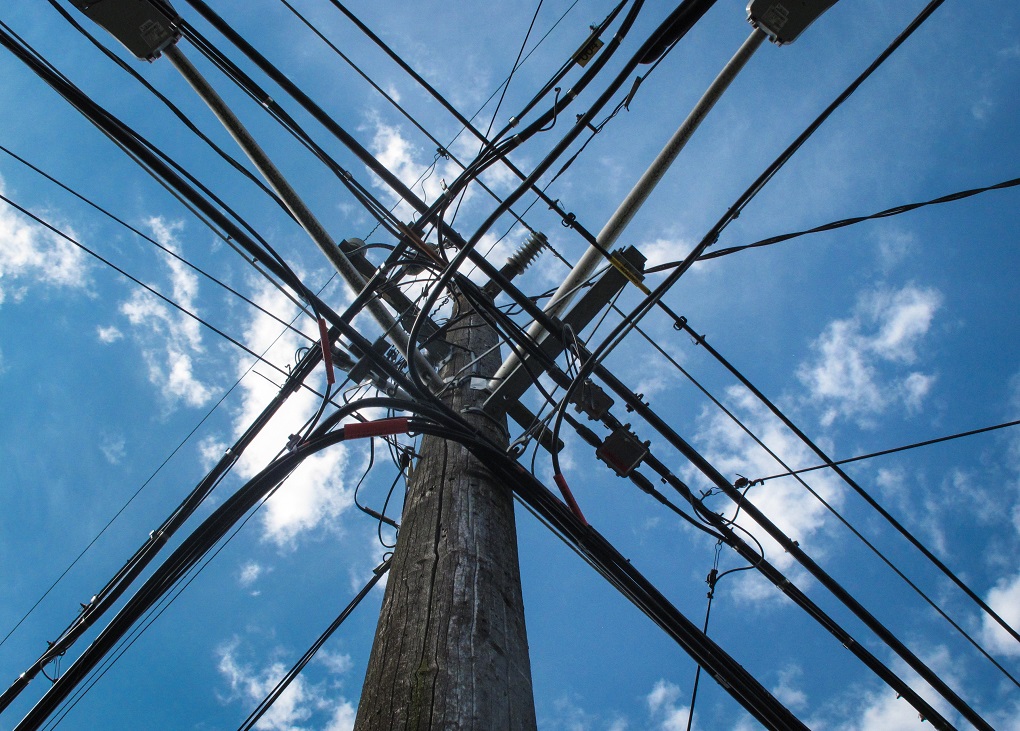A new report from the Energy Efficiency Council has highlighted the vital role that improvements that energy efficiency can play around the world, and especially in Australia.
The World’s First Fuel is an attempt to distil world’s best practice around energy efficiency into recommendations that can inform Australia’s energy debate. The title comes from the International Energy Agency’s reference to energy efficiency as the world’s “first fuel”, due to the potential impact it can have on energy use.
“Improvements in energy efficiency between 1974 and 2010 delivered more capacity to 11 major economies than any other fuel, including coal, oil and electricity,” the report notes. “What’s more, energy efficiency can deliver capacity at a much lower cost than energy supply.”
Improving Australia’s poor scorecard
According to the report, however, Australia is lagging when it comes to exploiting these opportunities. An analysis of the world’s 25 largest energy consuming countries ranked Australia as the worst developed country for energy efficiency policy and performance.
“Our global competitors are aggressively pursuing energy efficiency – they have recognised that it is just as important as energy supply in their energy markets,” says the report. “In contrast, Australia has barely begun to tap the potential of energy efficiency.”
This is especially relevant to the HVAC&R sector, which according to Cold Hard Facts 3 uses more than 23.6 per cent of electricity produced in Australia.
To improve energy efficiency in Australia, the report recommends that governments take actions including:
- Reforming institutions and introducing policies to ensure that Australia meets its national target to improve energy productivity by 40 per cent by 2030. The report suggests that this target should be raised, but also notes that Australia is already falling behind its current target.
- Adopting the principle “energy efficiency first” to ensure that Australia’s energy strategies, policies and markets deliver the right mix of energy supply and energy management.
- Ensure that there is either a national energy efficiency scheme (EES) or an EES operating in every state and territory.
- Help manufacturers identify and invest in opportunities to manage energy.
- Introduce strong minimum standards for appliances, buildings and vehicles.
The role of HVAC&R
On the last of these points, the report notes the importance of minimum appliance standards for HVAC&R equipment – administered in Australia through the Greenhouse and Energy Minimum Standards (GEMS) program. According to the report, between 2000 and 2020 the current GEMS regulations will deliver between $9.4 and $18.8 billion in net benefits to consumers. A significant proportion of this is related to air conditioning, fridges and freezers, refrigerated display cases, pool pumps and commercial fans.
However, it also points out that Australia’s program covers far fewer appliances than similar programs in the US, China and Canada. And GEMS lacks features that have been successful in places such as Germany and Japan. The report details some of these programs and features that could be implemented in Australia.
“By acting decisively we can dramatically reduce Australians’ energy bills, boost energy security, and reduce our greenhouse gas emissions,” the report says. “If we adopt well-established energy management policies, practices and technologies from overseas we can save Australian families and businesses over $7.7 billion each year through lower energy bills and create over 120,000 job-years of employment. Energy management could deliver half of the abatement required to meet Australia’s target to reduce emissions by 26–28 per cent by 2030.”
 Mark Vender
Mark Vender


Leave a Reply